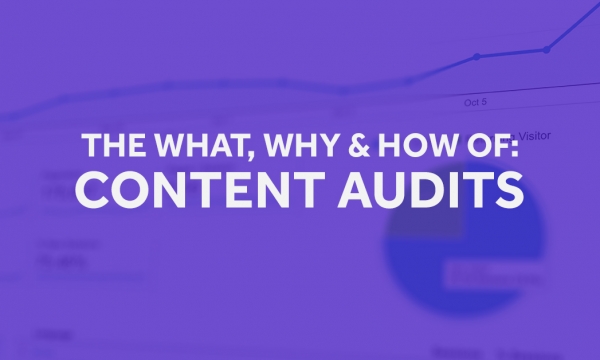
The office whiteboards are liberally sprinkled with the seeds of content germination, pens are drained of ink and your notepads are decidedly fit to burst – looks like your business has got its content strategy ready for launch.
However, even before you hit ‘Publish’ on that first post, it’s important to know whether or not Google shares your sentiments as to what makes good quality content. You may have identified the right target audience, but you need to make sure that your carefully crafted, high quality content, is visible to those audiences.
Google rewards quality content
The name of the game at Google is stringent quality checks on all indexed content – or as stringent as it’s possible to get when the equivalent of 4.1 million Facebook links are Liked and 300 hours of YouTube video is uploaded every single minute to compete with your content. To that end, the Google algorithm is designed to carefully reward the ‘good’ and punish the ‘bad’ content accordingly.
While earlier incarnations of the Google algorithm, particularly the likes of Panda and Penguin, used broader strokes to determine quality, over time these calculations have grown more complex and can now sort the wheat from the chaff within ever more elaborate topics and sentiments. Consider Google’s take on the increasingly ‘spammy’ nature of payday loan search results to see just how nuanced it can get – both in terms of its use by providers and its reactions from customers and commentators alike.
But how exactly can we extract that distilled essence of quality content? For the companies who ride high in the SERPs thanks to the right mix of content marketing and keyword targeting, it pays to know.
Quantifying ‘quality content’
What a pile of spreadsheets and reports will tell you on your content marketing as a whole can also be boiled down to the actions and observations of a single reader. For creators, providing engaging content that users spend their time reading is what’s key to running the Google gauntlet. When a single piece of content is well-researched and written, makes good use of different media like video and imagery, and provokes a reaction from its reader, you can be sure that you’ve put together the right ingredients for a successfully engaging piece, chiefly measured in the time that’s spent consuming it.
Our proprietary Roadmap tool monitors the performance of the top 100 websites which rank for over 1,500 keywords, assessing that data against more than 200 known and potential ranking signals.
What we’ve seen is a strong correlation between high search engine rankings and what we interpret as “quality content” signals, which include copy length, time spent on page and low bounce rate.

This demonstrates that the content you set out to produce should aim to pass through what we deem to be Google’s gateway to goodness.
Knowing how best to turn these quality content signals into, well, quality content is what stands between you and a vastly improved return on your content investment.
Low bounce rate

Bounce rate is a measure of the number of visitors that leave your website within one session having viewed only a single page. You can lower your bounce rate with the promise of consistently engaging content and a natural path to either additional content or conversion, such as a sign-up, subscription or purchase.
One way to achieve this is to use internal linking to encourage readers to navigate through your site. By providing them with relevant and engaging related content, you’re much more likely to find that these audiences remain on your site, improving your site dwell time.
Time on site

If your content is effective in hooking readers’ attention and delivering a high level of user experience, it is likely that those visitors will spend more time on your page. If your time spent stats are lower than you’d like, consider a diverse mix of media throughout your site including fixed-length durational media like video or podcasts, slideshows or infographics to provide a fresh take that can be consumed at the reader’s own pace.
Embedding video tutorials or audio interviews of a fixed length are very effective at raising average time on page, provided that the content is relevant and interesting enough to keep their attention Make sure that you keep your audiences hooked.
Long-form content

In-depth research, gripping narrative and innovative use of brand messaging all go into a brand’s playing the long game. When Netflix collaborated with the New York Times to delve into the problems facing the management and rehabilitation of a soaring female prison population, few saw it as merely a plug for the new season of Orange is the New Black, but a fitting combination of fascinating background and the right fit for product promotion.
Search Engine Land recommends setting a target of 2,000 words for your next piece of long form content. The benefits of this length include higher conversion rates and more social shares, while Google itself has hinted that long-form informational content will be rewarded appropriately.
With the risk posed to companies that aren’t thinking big enough to see their content making waves on search engine results, its better instead to narrow focus on pleasing the reader. Roadmap may have proved that Google looks favourably on producers of crowd-pleasing content, but for us the real proof is in the individual experience.
A user who is sufficiently engaged to while away some time with your blog posts and media is one who could conceivably come back for more – so be sure that you’re providing a good reason for them to do so by continuing to provide quality content.



